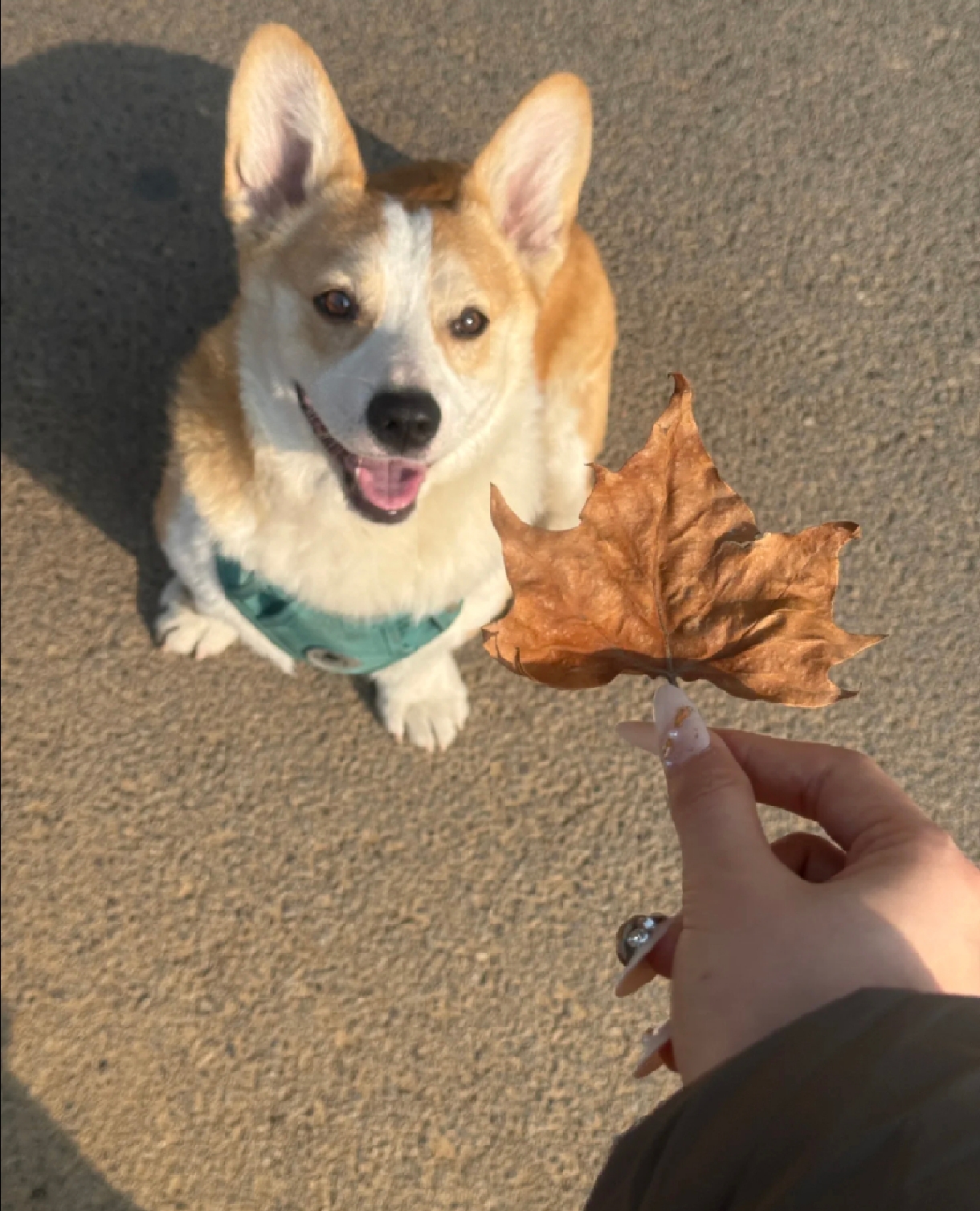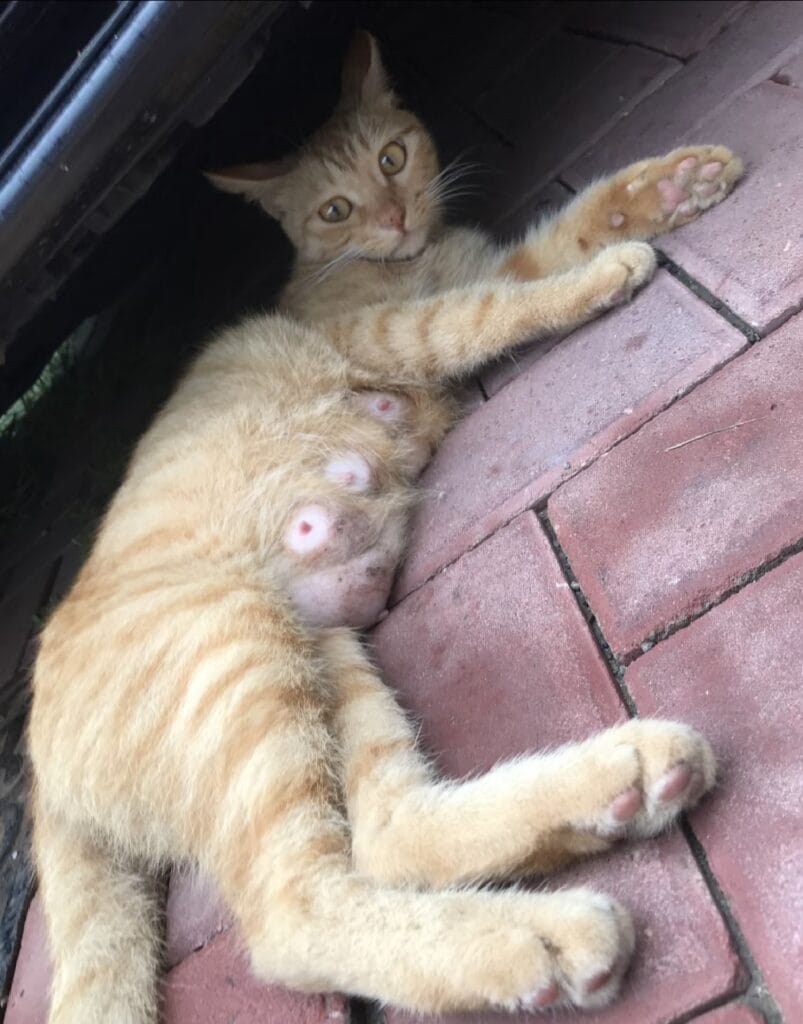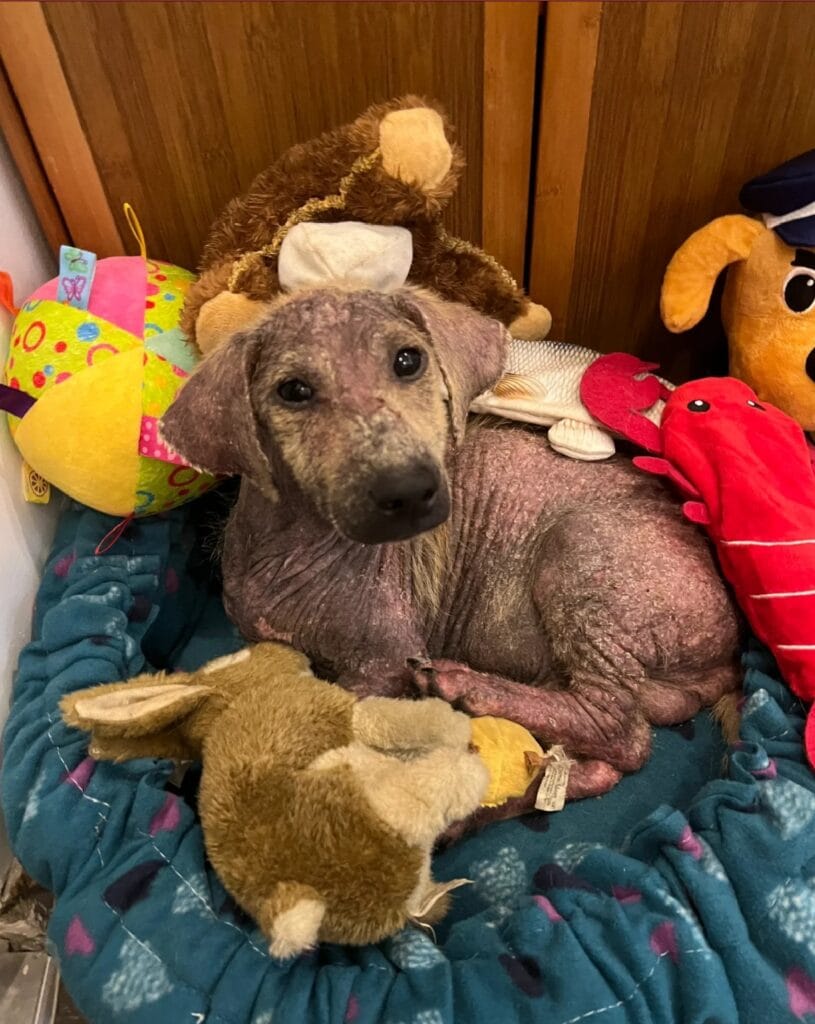One Chance: How a Sick, Abandoned Puppy Changed My Life
The Unexpected Encounter
I wasn’t planning to save a life that evening.
I had just gotten off work and stopped by the gas station to fill up before heading home. The sky was turning dusky—that soft, quiet in-between time when the day is winding down. Nothing seemed out of the ordinary.
Until I saw him.
He was huddled near the edge of the lot, close to a dumpster. At first, I thought it was a trash bag or maybe a stray cat. But as I got closer, I realized it was a puppy.
A tiny Corgi. Maybe four or five months old.
He was in heartbreaking condition. His fur was almost entirely gone in patches, his skin was red and cracked, and open wounds covered parts of his back. The worst part was his neck—raw, exposed flesh where the skin was just... gone.
People were walking past him like he didn’t exist. Some actually crossed the lot to avoid him. One man muttered, “Poor thing’s probably diseased,” and waved his hand like he was shooing a fly.
But the puppy didn’t move. No barking, no whining. He just sat there, trembling, too weak to even react.
I slowly crouched down and held out my hand. He flinched, but didn’t back away. Just sat there, still and trembling, like he was too exhausted to run.
I wrapped him in my hoodie, gently lifted him into my arms, got to my car parked nearby, and drove straight to the nearest emergency animal clinic.
The Diagnosis
The vet moved quickly. After the exam and some initial tests, she came out with a clipboard and a serious expression.
“He has a severe skin infection—possibly mange and secondary bacterial infection,” she explained. “That can be treated, but it’ll take time. What worries me more is his anemia.”
His hematocrit levels were dangerously low—only 23%. They couldn’t tell yet if it was caused by malnutrition, parasites, or if it was congenital. If it was something he was born with, recovery would be more difficult—and risky.
“We’ll start supportive treatment—fluids, antibiotics, iron supplements,” she said. “If his numbers don’t drop further in the next few days, we may have a real shot.”
I nodded. “Let’s do whatever it takes.”
The Road to Recovery
He stayed at the clinic for monitoring. I visited every day.
The first few days were tough—he barely moved, barely ate. I brought boiled chicken in little containers and hand-fed him. I talked to him softly, sat beside him while he rested.
By Day 4, he started wagging his little tail when I walked in. On Day 6, he even tried to lift himself up when he heard my voice.
Then came the good news.
The vet came in smiling. “His hematocrit’s up to 24.6%. That means the anemia’s likely not genetic. He’s responding. He’s going to be okay—with continued care.”
My chest tightened, then softened. Hope, real hope, had finally arrived.
A New Life
It’s been a few months now.
He still has a long road ahead—his skin is healing slowly, and we’re still doing medicated baths twice a week—but he’s full of life. He’s playful, energetic, and just a little mischievous. He steals socks, chases tennis balls down the hallway, and barks at the vacuum like it personally insulted him.
I named him Chance.

Because that’s what he needed—just one chance.
Looking back, I can’t believe how many people passed him by that night. I think about what could’ve happened if I hadn’t stopped.
He may have needed saving—but so did I, in a way.
Now he has a home. And I have a best friend.


